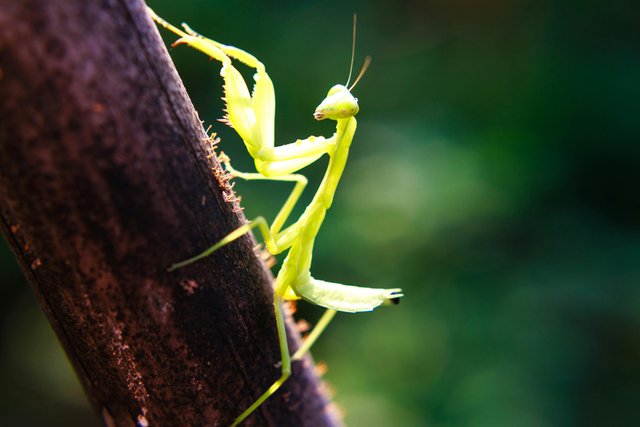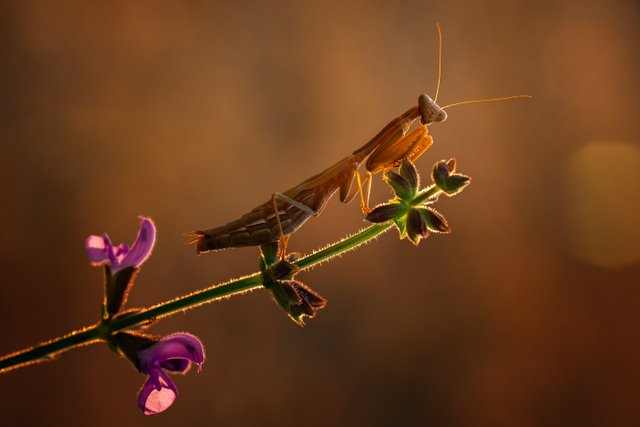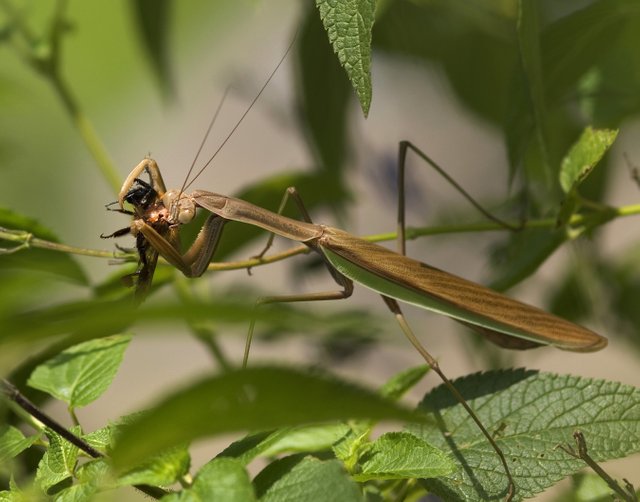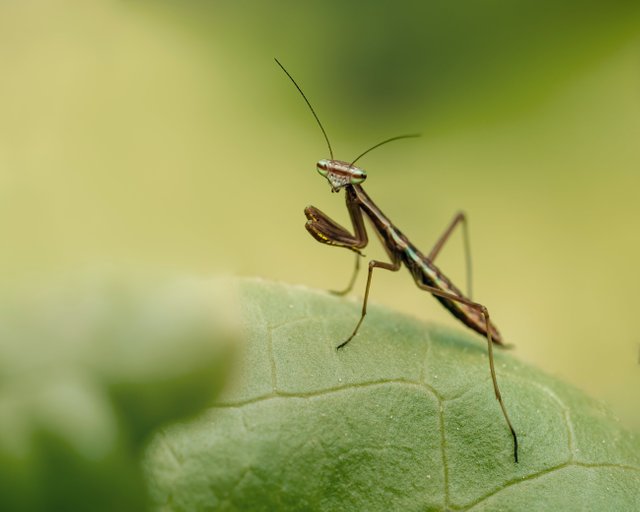
Introduction:
In the intricate tapestry of the insect kingdom, few creatures are as fascinating and enigmatic as the mantis. Known for their exceptional camouflage, predatory prowess, and captivating behaviors, these remarkable insects have captured the curiosity of nature enthusiasts and researchers alike. Let's delve into the world of mantises, exploring their unique characteristics and the wonders they bring to the ecosystems they inhabit.
- Diverse Species:
Mantises belong to the order Mantodea, and with over 2,400 known species worldwide, they exhibit a remarkable diversity in size, coloration, and behavior. From the petite flower mantises that mimic blossoms to the larger and more formidable praying mantises, each species has evolved to thrive in specific environments, showcasing nature's ingenuity.
- Predatory Tactics:
Praying mantises are carnivorous predators, employing stealth and precision to capture their prey. Their elongated forelimbs, adapted for seizing and holding, are folded in a posture reminiscent of prayer—hence the name "praying mantis." These agile hunters are known for their lightning-fast strikes, ambushing insects such as crickets, moths, and even other mantises.

- Camouflage Mastery:
One of the mantis's most remarkable features is its ability to blend seamlessly into its surroundings. Many species exhibit extraordinary camouflage, imitating twigs, leaves, or flowers. This adaptive strategy not only helps them evade predators but also allows them to patiently await unsuspecting prey.
- Complex Courtship Rituals:
Mantis courtship is a complex and often ritualistic affair. In many species, females are known to be cannibalistic, sometimes consuming their mates during or after mating. However, recent research suggests that this behavior may not be as common as previously thought, with various factors influencing the likelihood of cannibalism.

- Linking to Research:
For those interested in delving deeper into the world of mantises, ongoing research provides valuable insights into their behavior, biology, and ecological roles. A recent study published in the "Journal of Insect Behavior" explores the intricate courtship rituals of mantises, shedding light on the factors that influence mate cannibalism.
- Ecosystem Contributions:
Mantises play a crucial role in maintaining ecological balance by controlling insect populations. As efficient predators, they help manage the numbers of pests, contributing to the health and stability of ecosystems. Understanding their role in the natural world is essential for preserving biodiversity and promoting sustainable insect management practices.
- Conservation Concerns:
Despite their ecological importance, mantises face threats from habitat loss, pesticide use, and climate change. Conservation efforts are essential to safeguard these fascinating insects and the ecosystems they inhabit.

Conclusion:
From their mesmerizing camouflage to their intricate courtship rituals, mantises continue to be subjects of fascination and study. As we unlock the mysteries of these stealthy predators, it becomes clear that the mantis is not just a master of disguise but a vital player in the intricate dance of life within our natural world.